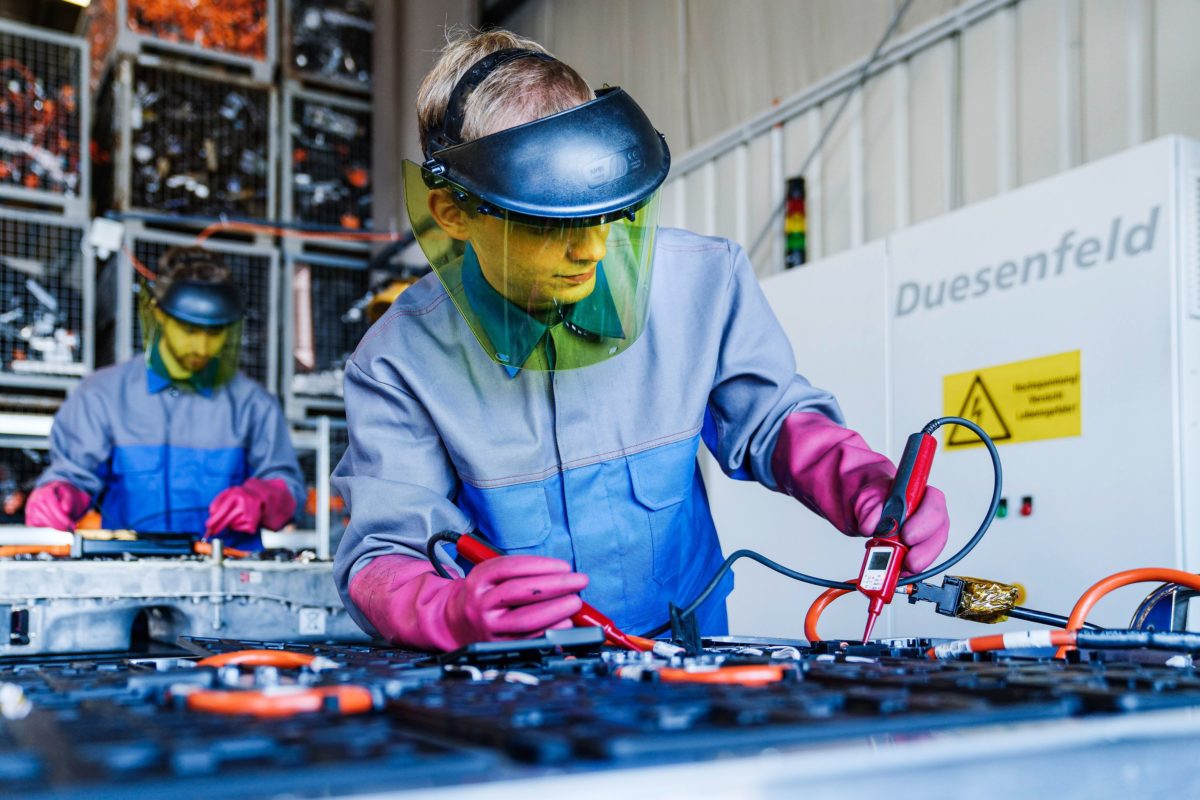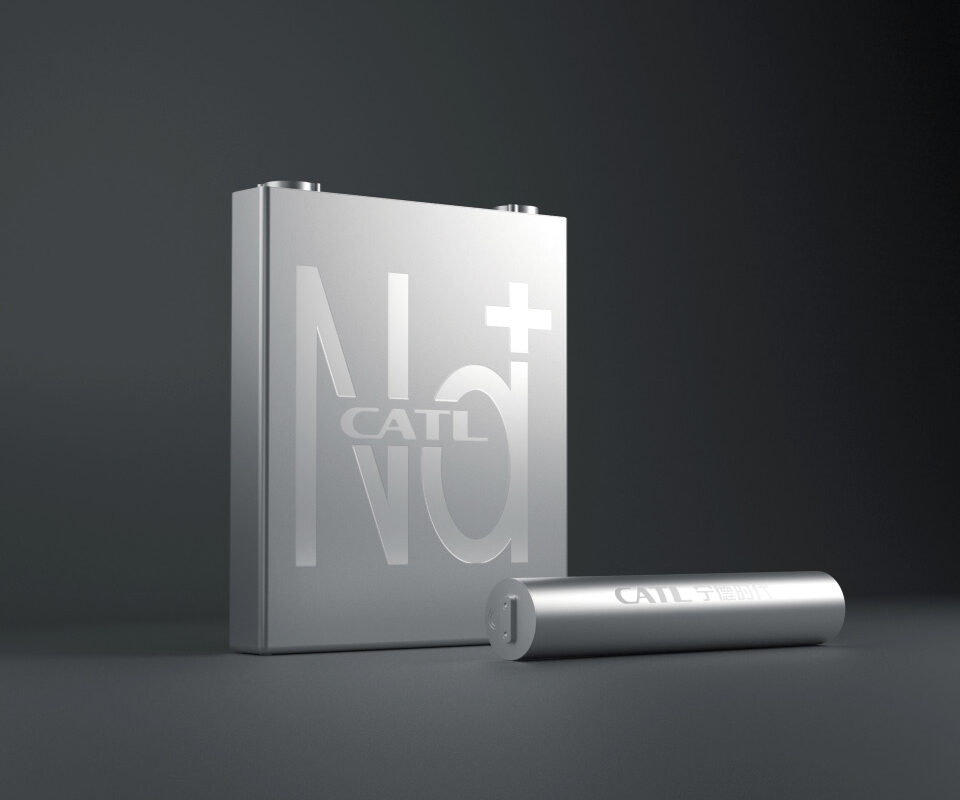While batteries appear a staple ingredient in transitioning to a carbon-free economy, they also bring with them a fair number of sustainability concerns. In light of the challenges the technology poses, the European Commission has issued a proposal to facilitate lithium-ion battery recycling.
Despite European battery industry body Recharge generally welcoming the proposal, however, there are critical voices about the expected efficacy of the commission's plans.
“The commission made it very clear that the regulation has two purposes, addressing both Europe's position in the battery industry and the impact of batteries on the environment,” says Hans Eric Melin, director of research and consulting business Circular Energy Storage. “That's a tricky combination.”
Quotas
Last week, the commission said it wants to write into law minimum recycling quotas for batteries entering the EU market. Starting in 2027, batteries placed in electric vehicles (EVs) would need to have a declaration of their recycled cobalt, lead, lithium, and nickel content. Three years later, minimum recycled content quotas would be introduced. The suggested quota for cobalt would be 12%, for lead 85%, and for lithium and nickel the commission envisioned a 4% target. Five years later, the thresholds would rise to 20% for cobalt, 10% for lithium, and 12% for nickel.
“There are several recyclers in Asia which are better positioned to provide recycled content in batteries already today than what many European recyclers will be in 2030,” Melin said.
Circular Energy Storage issued The lithium-ion battery life cycle report this month. The critical takeaway was that batteries last considerably longer than previously anticipated, especially in EVs. Most electric cars will be cycled fewer than 80 times per year, depending on user behavior. Throw in a trend for increasing the capacity built into such batteries – the average 2014 battery electric vehicle pack size in Europe of 33.1 kWh had risen to 60.4 kWh last year – and most light-EV batteries will be nearly 15 years old before reaching their end of use for transport.
Exodus
On top of that, around 30-40% of EVs leave the market they were placed in, following a trend previously observed in portable consumer electronics. Second-life and reuse battery applications are expected to further slow the flow of batteries back to recycling companies.
The battery market is expanding at a compound annual growth rate of 25%, and 2019 saw 218 GWh of lithium-ion batteries enter the market for a cumulative 700 GWh, around half of which ended up in EVs. The global market is expected to grow from 259 GWh this year to 2.5 TWh in 2030.
Meanwhile, the compound annual growth rate of batteries reaching their end of life is much more modest, at just 18%, according to Circular Energy Storage. By 2030, some 145 GWh – 799,000 tons – of batteries will go into reuse applications, and 170 GWh (820,000 tons) will be available for recyclers. Melin and his team, however, believe only 16% of that latter figure will be available for European operators, with the bloc suffering a significant shortage in battery recycling capacity.
“Because the measures are both blunt and won't be implemented until the end of the decade, I don't see how it can affect the volumes very much,” said Melin. “Most batteries disappear from Europe not as waste batteries but in the cars, phones and laptops they power. If we want recycling to happen on European soil, that flow needs to be addressed, and that is not easy. After all, we want our products to have a long life.”
Recycling economics are critically important. Battery recyclers are essentially materials companies which sell either battery raw materials or finished cathodes. Portable electronics comprise the lion's share of recycling volumes, due to their shorter life cycles. Lithium cobalt oxide batteries – most commonly found in portable electronics – contain around 17-19% cobalt. The resulting metals value has never been lower than $21/kg since 2010 on the London Metal Exchange, which equates to a material value of $4/kg for waste batteries. Circular Energy Storage claims ‘18650 cells', found in laptops and other consumer electronics, can be sold after refurbishment for around $1 per cell. At 22 cells per kilogram, the price for refurbishing batteries is about five times higher than for full materials recovery, a situation which delays recycling and moves it likely outside of the European market.
Euro focus
“If recycling per se is what we want, I don't think we need to [be] worried, there are enough players out there which see the potential in processing both production scrap and end-of-life batteries,” said Melin. “However if we want recycling to happen in Europe in particular, I think we need much more narrowly focused measures, removing barriers to a value-positive reverse value chain, such as unnecessarily high costs for transportation, enabling processing at scale and potentially incentivizing producers to use recycled materials now. Not in 10 years from now.”
Economies of scale and highly efficient processes would help bring the price for recycled material below the level posted on commodity exchanges but those two factors are lacking in Europe. In 2020, recycling capacity in the bloc was around 30,800 tons per year, slightly ahead of the U.S., which had 28,700 tons, but trailing China, which counts an enormous 707,000 tons per year of lithium-ion battery recycling capacity. Europe's leading battery recycler, Umicore, has 7,000 tons of capacity while China's largest, Brunp, a subsidiary of battery manufacturer CATL, boasts 120,000 tons. The lower capacity Europe has, Melin and his team said, has not even been fully utilized, as 18,200 tons of waste batteries were recycled in Europe while 17,900 tons were exported because of complex technical implications and high costs. Compounding the problem, not all types of batteries can be processed by all recyclers.
Behind
“We must realize that we are behind in this game,” the Circular Energy Storage director said. “To make it even harder, by adopting requirements which the incumbent players are better positioned to meet than what companies in Europe are, can't be the right way to go.”
Another problem with recycling quotas is that different types of batteries are used in phones, laptops, and EVs and the latter have a longer life cycle. Of the 188,000 tons of lithium-ion battery waste available for recycling in 2019, some 80% came from portable electronics. EVs contributed a mere 9,200 tons. Around two-thirds of the volume available were nickel-free lithium-cobalt-oxide (LCO) batteries. Even in 2030, most batteries available for recycling will come from portable electronics – EVs will contribute only 26% of volume.
Blunt
“Honestly, I am not in favor of a requirement [for] recycled content,” Melin added. “I think it's a blunt instrument for obtaining basically anything, especially at a point in time when the market is growing more than 25% per year and we pour in more money than ever in development of new battery technologies. What do we even know about which kind of batteries … will be placed on the market in 2030? A couple of years ago, everybody thought that LFP [lithium iron phosphate] was dead, now it's hotter than ever. If that development will continue, it will obviously be very easy to obtain the cobalt target. On the other hand, we might end up with solid state batteries with higher lithium content making it impossible to meet the lithium target.”
The Circular Energy Storage report suggested an increasing volume of LFP batteries would become available for recycling throughout the decade. Though LFP has made a comeback over the last year, the consultant predicts nickel-manganese-cobalt (NMC) and nickel-cobalt-aluminum (NCA) chemistries will rebound significantly to reach a 64% market share in 2030. Right now, there are ten or so different cathode chemistries with significant market shares. Their field of application is expected to change with advancing technology and with new products and businesses to electrify. Each application results in a different life cycle, raising serious concerns over which type of materials will be available for, and from recycling in 10-15 years' time, and which type of materials will be used in new batteries.
This content is protected by copyright and may not be reused. If you want to cooperate with us and would like to reuse some of our content, please contact: editors@pv-magazine.com.




All this sounds familiar as in 1950/70’s…. with Nuclear Waste… as Nuclear proponents proclaimed… TRUST US..
WE WILL SOLVE THIS WASTE PROBLEM…. the rest is history… as Man prepares to leave behind a Legacy of Deadly Radioactive Waste for 100,000+ years…. There we go…. again…!!!
At present, 100 Million Vehicles are produced annually around the Globe. By 2050 (the apparent “drop dead” year for Pollution / Decarbonization / Zero Pollution /Green Deal etc..), there will be at least 200 Million/yr to support “Development and Demand” mostly from the galloping Developing nations and Population growth… (10 Billion people with 20 Car Buyers per 1000/yr …???).
As an “average EV” uses a 300kg Battery…. so there will be 60 Million Tons/yr of “Dead Batteries” looking for a “home”…. like Nuclear Waste…
When will we Ever Learn…. as Greta Thunberg would say…. “How Dare You”…. I agree…. “How Dare You”…
Just like Clean, Green and Sustainable Solar Energy…. we have a similar solution….. CAV’s (Compressed Air Vehicles) that uses only Air…. yes guys…. the same air that Man-n-Nature breathe and has been cycling for thousands of years and WITHOUT ANY WASTE… something these “Electric Batteries” lack…. TOTALLY….
The EV market has hardly been born… and already the ugly head of Battery Pollution is raising “red flags” all around .. which will NOT GO AWAY… like Nuclear Waste.
Electric Vehicles using Li-Ion and Other Batteries are a “Dead End Technology” …. and must be replaced by Clean, Non-Polluting, Sustainable and Long Life Options and not replace Fossil/Nuclear Waste with… Electric Battery Waste… when it is not necessary… just like the Solar Option vis-a-viz Polluting Fossil/Nuclear Energy…